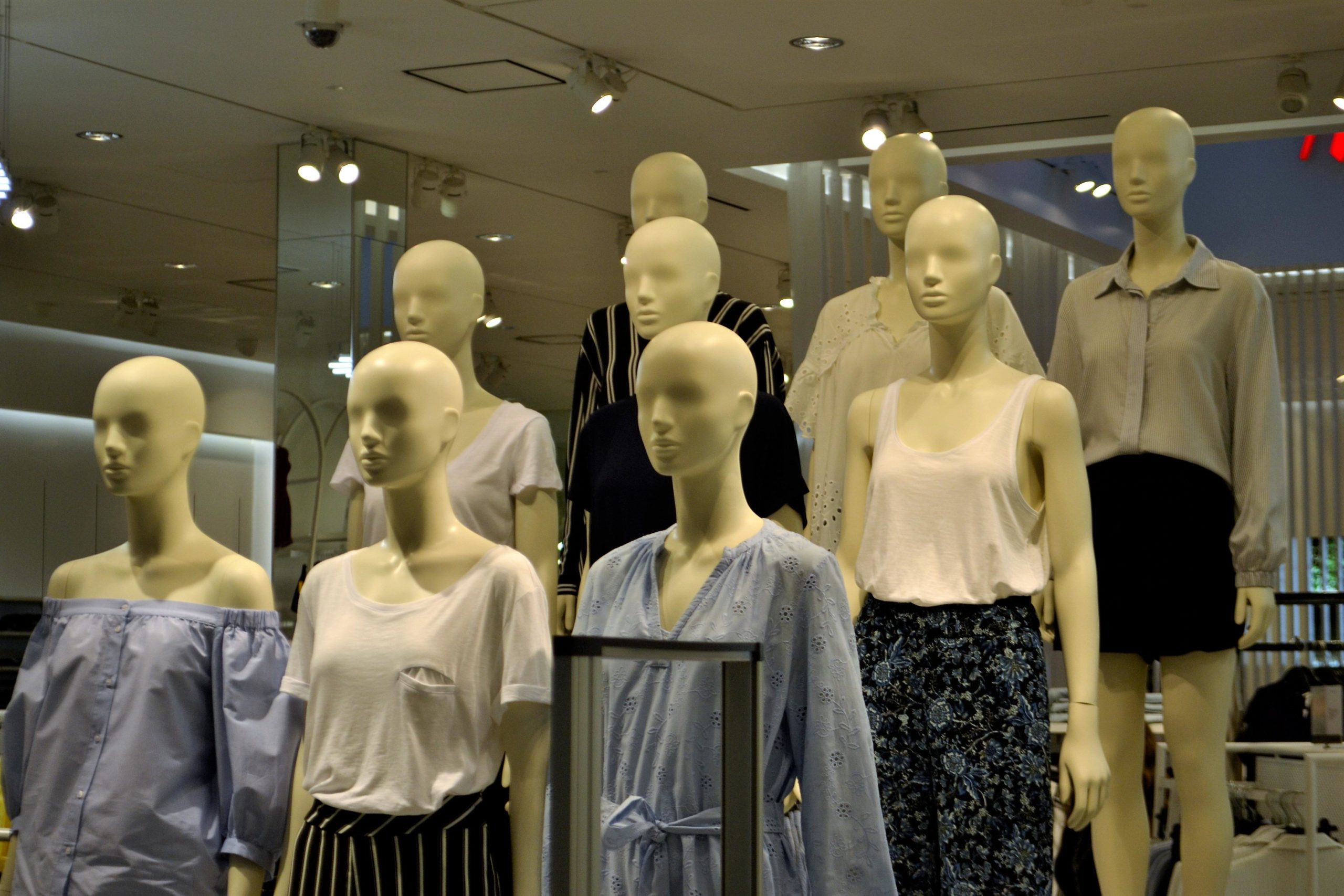Yesterday I closed a $120,000 project for a PR client.
The proposal was two pages of plain text, no images or flowery stuff.
I had originally assigned a designer to “pretty up” the proposal, which ballooned the document up to 14 pages, largely with vague aphorisms like “we deliver excellence and have great client communication”, plus the kind of motivational posters you see in the waiting room of a dentist’s office.
The designer was dismayed that I threw away her work, since she spent 2 days making it pretty.
Ever see a compelling TikTok post that was just stock footage?
Or a movie you really liked that is just a slide show of stock images?
Perry Marshall and I have a book on TikTok ads, which is currently #1 on Amazon in the social media category. We have virtual assistants helping us process the videos that we turned into the book. The irony, I know– of teaching a video-first platform using text.
One section of the book is about performance benchmarks at each stage of the funnel. But maddeningly, instead of organizing the metrics into a helpful funnel shape, the VAs started injecting random, stick figure stock art into the book.
It’s easier to mindlessly paste in stock art instead of actually understanding our material and being thoughtful about how to visually support the text.
Arguably, the text doesn’t need a diagram or stock art.
Judge for yourself:
The “Standards of Excellence” is about performance benchmarks for digital marketing campaigns.
The current set of standards cover the basic objectives, arranged in a funnel diagram, so that our users can clearly see what metric sits at what stage in the funnel. TikTok has most of these objectives– and the medium is short-form video (which you can see in the chapter on 15 second stories).In short, we are looking at CPM, view-through rate, engagement rate, cost per like, cost per follower, cost per lead, and cost per acquisition.
CPL is for lead gen and CPA is for e-commerce– so use the benchmark you’re already using. This is our primary metric, while all other metrics below are diagnostic (secondary).
- We know that CPMs vary from $2 to $10, depending on engagement rate and targeting, much like Facebook.
- View-through rates (impression to view) is higher on TikTok, since they count a view at 2 second (or less) instead of a standard 3 second view). So getting over 50% here is good.
- 10% engagement rate (likes/impressions) is a good organic or paid benchmark not just on TikTok, but all platforms. A “killer” TikTok can get 35% engagement, which drives the effective cost per like down to 3 cents.
- Cost per follower on TikTok is much like cost per fan on Facebook– expect 10 cents for viral categories (entertainment, fashion, sports) and north of $5 for unsexy (B2B, SaaS, enterprise/industrial).
I hope you’ll now demand that whoever works on your material to not just mindlessly decorating your social posts, website, and landing pages with stock art or robotically pasting modules into our Academy, but are active practitioners who understand the material they’re working with.
Watch what happens to your close rate when you use only real images, real stories, and real clients.
Now go do a search on your company name in Google Image Search and see if you’re guilty!
This is a Contributor Post. Opinions expressed here are opinions of the Contributor. Influencive does not endorse or review brands mentioned; does not and cannot investigate relationships with brands, products, and people mentioned and is up to the Contributor to disclose. Contributors, amongst other accounts and articles may be professional fee-based.

